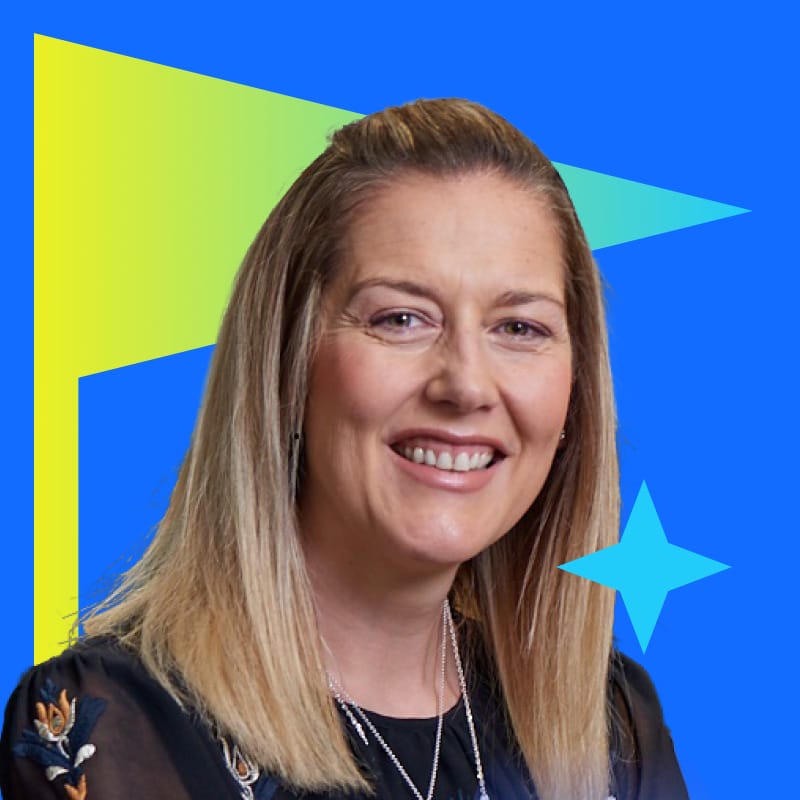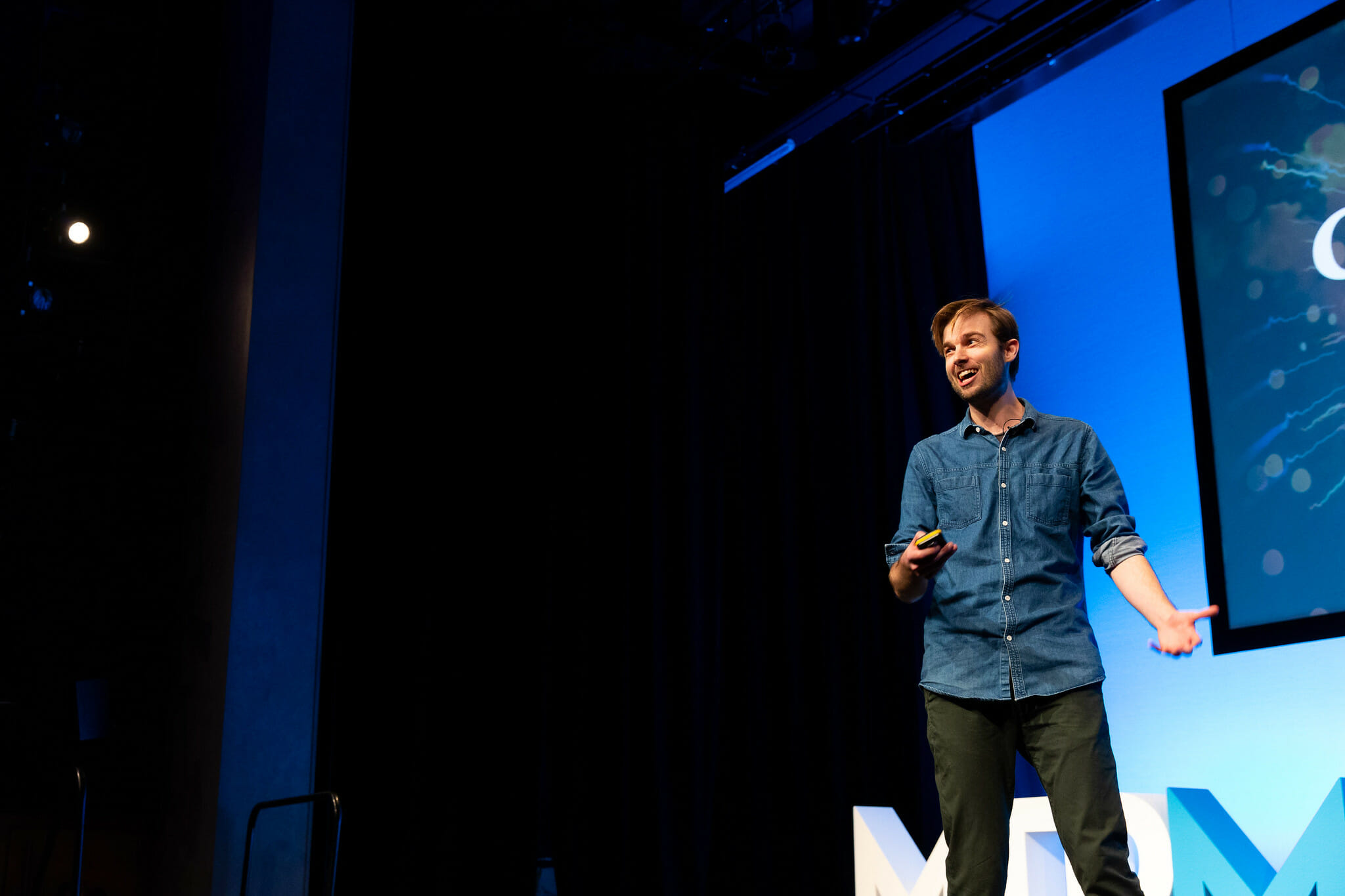Qatar Airways is an multi-award-winning airline in what is a highly-competitive, highly-regulated industry and Quincy Hunte recently became the product leader responsible for ensuring the growth and success of its digital products.
Quincy joined the airline as vice president of digital products in January, inspired by the challenge of driving growth in such a successful business, and with past experience that takes in a spell as global transformation product leader at Amazon Web Services. He comments: “They were looking for someone to change the way they approach products and maintain the quality of service excellence that their customers expect.” As he says, the better you get at something, the harder it is to get even better.
Pioneering product-led growth
Quincy is tasked with moving the airline to product-led growth, typically the domain of native and successful tech companies. It prizes customer-centricity, with customer feedback and data used to inform and drive product development.
“
But becoming a product-led business is hard. It requires a great product and a peerless user experience, and fundamental transformations to company culture and ways of working. Product managers become growth managers, for example.
”
For a large traditional business like an airline, it requires careful planning and huge commitment.
The Qatari government-owned airline is unlike many of its competitors in that it owns a number of airline-adjacent businesses. For example it owns the airport at Doha, the Qatar Duty Free business, the Qatar aviation services business, a holiday company, an aircraft catering company and more. This means that it’s better placed than many of its competitors to monitor a customer’s journey and find opportunities for cross-promotion. It takes a holistic view of this journey - from travel to an airport through to what the customer does when they reach their destination. There are lots of digital touch points along this path that the airline is able to measure so it can see what impact one part of the experience has on other parts and the overall customer journey. Says Quincy: “For example, if a customer has a poor experience in searching for flights, we measure and look at how that impacts their conversion, their use of our check-in and ancillary services, and how it relates to their full journey.”
The regulations that keep air travel safe and simple for all travellers can make innovation and transformational change difficult, Quincy says, so the airline is looking for both the organisation and its products to become digital-first in order to reduce the time to value for its customers. “It means we’ll be transforming our teams and our people to be much more digitally enabled,” he says.
This means ensuring that not only do staff have the right tools, but they also understand how to get the best out of them.
"More importantly, it’s about creating a foundation that really uses and leverages data."
Quincy Hunte
Qatar Airways
He says the airline wants to be able to leverage tools like AI to change the customer experience, and to maximise the data and assets it has so it can make appropriate decisions for customers.
Shift to product-led growth
In keeping with the extensive regulations and structure of the airline industry, the airline’s products have traditionally been built with a waterfall approach, says Quincy. He’s now pushing the product teams to become autonomous and self-sustainable so that they decide and control what goes on the roadmaps and how those roadmaps are prioritised. He says that every product, individual and resource at the airline is moving towards a growth mindset, so that they understand the triggers and motivations that drive customer acquisition, consumption and repeatability. It’s no longer about how they push a service, but how well they understand the customer, make the customer experience “more delightful”, and build products in a way that drives continuous change.
Quincy says everyone in his team is excited and motivated about this strategy. He says they’re full of great ideas and initiatives that they want to put in place, but they need frameworks in place and the know-how for their ideas to succeed. So much of his current effort is going into setting up those frameworks, making sure the right team structure is in place and mentoring and coaching his product people.
“
I look at my role as not necessarily being a builder of products, but more of a builder of teams.
”
Benefits of faster experimentation
It’s early days, but Quincy has already seen some positive signs. The speed at which the product teams test, optimise and release new features has increased, and that in turn has led to improvements in some of the airline’s customer experience metrics.
The faster release cycle is allowing the airline to experiment faster. For example, it is currently beta testing a promptless AI tool that helps customers to plan a trip. Quincy explains that it’s generally recognised that over 50% of people don’t know where they want to go when they start to plan a trip. The promptless tool allows the user to select some images and categories and then presents them with a series of possible locations that fit their wishes. Quincy says there’s been great feedback thus far: “It’s a first for the industry,” he says.
About 100 people in product teams report to Quincy, from UX designers through to business analysts. They partner with engineering and IT teams to build out products. He says cultural change is not a one-shot project. Rather, it’s a series of initiatives which, when put together, lead to changes in behaviour. Stakeholders are firmly behind the drive for product-led growth, he says, and they understand that the teams who are closest to the customers should be allowed to lead and provide direction, insight and context for decisions. “Everyone is really excited about the changes we’re making,” he says.












Comments
Join the community
Sign up for free to share your thoughts